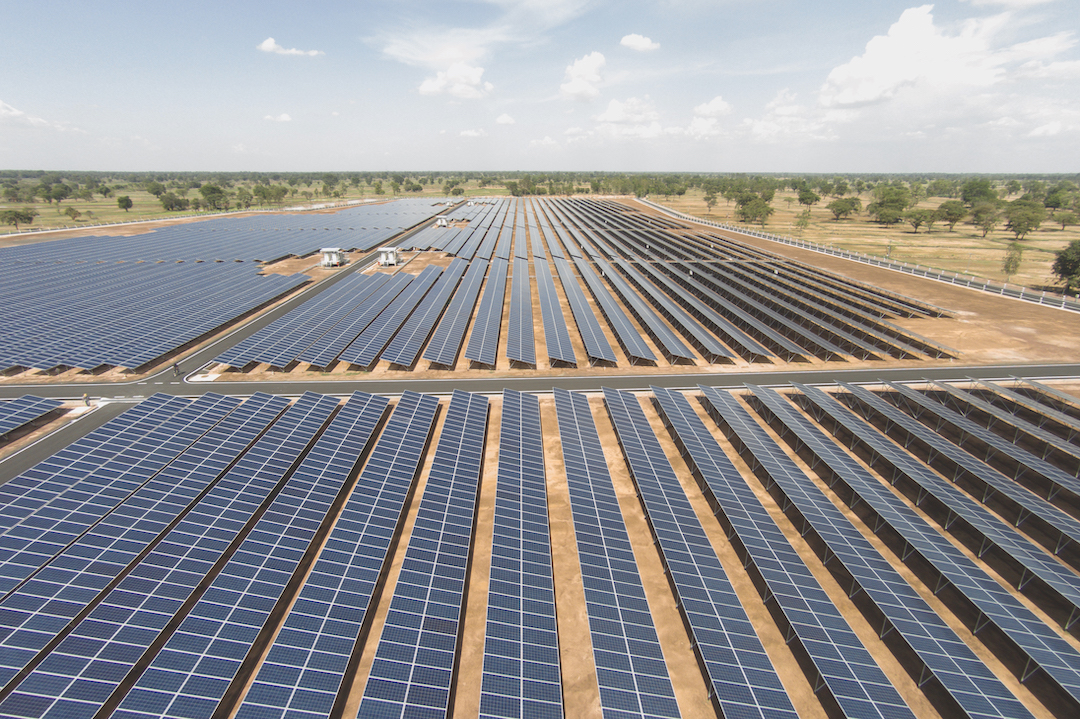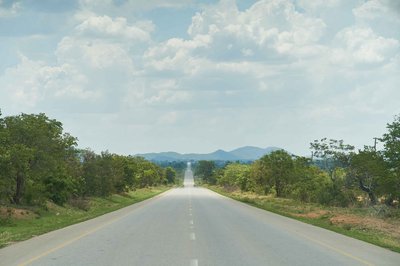It goes without saying that to ensure sustainable economic development, consistent electricity supply is necessary. While Zambia faces challenges in the provision of constant electricity supply, there are some signs of progress.
An estimated 92 percent of the power generated in Zambia is hydroelectric, while the remainder is said to be thermal. In recent years, the Zambian government has heavily invested in the power sector to the tune of $186 million as part of its public sector equity contribution into the development of the $2 billion 750MW Kafue Gorge Lower hydroelectric power scheme being developed by Chinese firms led by Sino Hydro.
Copperbelt Energy Corporation Plc (CEC), the largest private sector player in the transmission subsector generates, transmits and distributes electricity to its clients in Zambia, who are primarily in the mining sector. CEC has a unique position as a bulk purchaser of power from ZESCO Limited, a public utility company, and distributing this power across its transmission network to eight Zambian mining customers. The company operates six gas turbine generators and is also in the process of developing its Kabompo Gorge Hydropower Project.
There are other notable efforts in the sector being made by Zambians such as Sipho Phiri, chairman of Western Power Company Limited, which is currently developing the Ngonye Falls run-of-river hydroelectric power project in the Western Province of Zambia, scheduled to be completed by 2023 and will generate 180MW of clean, renewable energy.
Another developer of hydropower in the private sector is led by Daniel Rea who spearheaded a privately developed, vertically integrated mini utility company known as Zengamina Hydro Project that supplies power to the Ikelenge District of North Western Province, generating renewable power from a 750kW low impact, run-of-river mini hydroelectric scheme on the upper Zambezi River and supplying roughly 450 customers. In recent years, solar power development has seen growth with projects like Neoen’s Bangweulu Power, a 54MW solar power plant. The first of its kind in Zambia, this project has stakeholders from the private and public sector rekindling interest and showing good faith and strong belief in the potential outturn of the Zambian energy sector.
Yet with all this positivity, innovation and long term confidence in the sector, mother nature had its say and ZESCO resumed its daily load shedding schedule on 1st June 2019 on account of low water levels in the Kariba Dam.
Despite observing erratic rainfall for several years and continued low water levels in the Kariba Dam, we are still not adequately prepared to mitigate the disruption to our power supply. With the inevitable adverse effect of load shedding on our economy it goes without saying that we must fully explore a variety of alternatives to hydroelectricity.
While the exploration of alternatives to hydroelectricity has tended to focus on solar energy, there has been some discussion and exploration of other options. Recent initiatives include the use of biofuels led by companies such as First Quantum Minerals and Zambia Sugar. It is noted that with time and if well nurtured, these could also potentially add to the national grid.
It is in this vein Minister of Energy Matthew Nkhuwa recently called for greater integration of the biofuel industry in the energy sector as it holds strategic significance to Zambia’s economy (given the relevant crops are widely grown in Zambia). The particular emphasis made by the minister was that biofuels provide greater opportunities for employment creation and income generation for farmers. One drawback, however, is that biofuels aren’t carbon neutral.
Also notable has been the discussions around generating nuclear power in Zambia, in addition to hydroelectric power. However, Zambia does not yet possess the high levels of specialisation needed to generate this form of power. And overall, nuclear power remains a controversial topic in Zambia and abroad. The Nuclear Energy Programme Implementing Organisation (NEPIO) led by Dr Reuben Katebe has held that nuclear is the safest and most reliable form of energy with zero carbon dioxide emission. The current position of NEPIO is that the nuclear programme in Zambia is still at the initial stage of planning as certain milestones, such as meeting the provisions of the International Atomic Energy Agency (IAEA), need to be achieved before full implementation.
Gas is an option that is being explored; however it has its own challenges in terms of its long term adverse effects on climate and the environment.
Further, wind energy is also under consideration with earlier reports this year indicating that several locations in the country have been identified as possible locations for wind farms. A significant advantage of wind is that it is a form of clean energy with an added advantage that wind turbines are relatively easy to install and maintain. On the other hand, wind energy can bring with it noise pollution and adverse effects on birdlife.
Finally, one thing is a constant in any discussion about the energy sector and that is about the optimal level of tariffs that is sufficient to allow ZESCO to operate efficiently. Members of the public and organisations such as the Zambian National Farmers Union applauded the recent announcement of the suspension of the new increased tariffs proposed by ZESCO. Conversely, it has been argued that the suspension of the new increased tariffs poses a significant hindrance to the potential investment opportunities in the sector. Many in the energy sector have contended that the proposed cost reflective tariff changes that the Energy Regulation Board (ERB) had tabled are necessary to attract investments in the energy sector and in turn limit the pressure on public finances.
ZESCO’s reliance on hydroelectricity by over 90 percent has left the utility in a position that is vulnerable to climate variability. A solution to the power deficit requires long term policies to tackle the fundamental vulnerabilities of the country’s power sector. While it is encouraging to see some positive strides in the energy sector, in the longer term alleviating the power deficit will require continuously growing capacity, diversifying generation and better management of water resources. Implementing these measures will require some thoughts around restructuring the sector with the aim of improving planning, procurement, financial sustainability and encouraging participation by the private sector.
All in all, Zambia is at a crossroads and should take full advantage of the opportunities across the spectrum with a well-coordinated policy that speaks to all stakeholders to ensure a vital and well integrated growing energy sector.








